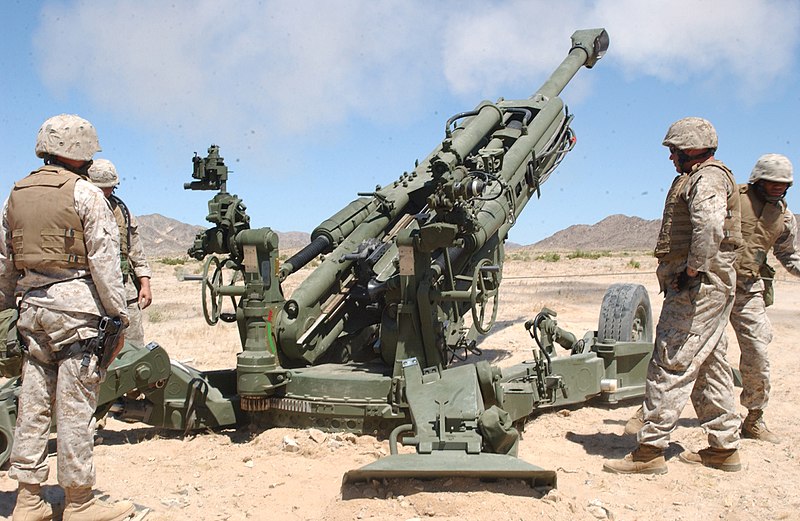 There is great irony in knowing that we humans would not be as civilized were it not for our passion for lethal, projectile weapons.
There is great irony in knowing that we humans would not be as civilized were it not for our passion for lethal, projectile weapons.
[div class=attrib]From the New Scientist:[end-div]
IT’S about 2 metres long, made of tough spruce wood and carved into a sharp point at one end. The widest part, and hence its centre of gravity, is in the front third, suggesting it was thrown like a javelin. At 400,000 years old, this is the world’s oldest spear. And, according to a provocative theory, on its carved length rests nothing less than the foundation of human civilisation as we know it, including democracy, class divisions and the modern nation state.
At the heart of this theory is a simple idea: the invention of weapons that could kill at a distance meant that power became uncoupled from physical strength. Even the puniest subordinate could now kill an alpha male, with the right weapon and a reasonable aim. Those who wanted power were forced to obtain it by other means – persuasion, cunning, charm – and so began the drive for the cognitive attributes that make us human. “In short, 400,000 years of evolution in the presence of lethal weapons gave rise to Homo sapiens,” says Herbert Gintis, an economist at the Santa Fe Institute in New Mexico who studies the evolution of social complexity and cooperation.
The puzzle of how humans became civilised has received new impetus from studies of the evolution of social organisation in other primates. These challenge the long-held view that political structure is a purely cultural phenomenon, suggesting that genes play a role too. If they do, the fact that we alone of all the apes have built highly complex societies becomes even more intriguing. Earlier this year, an independent institute called the Ernst Strüngmann Forum assembled a group of scientists in Frankfurt, Germany, to discuss how this complexity came about. Hot debate centred on the possibility that, at pivotal points in history, advances in lethal weapons technology drove human societies to evolve in new directions.
The idea that weapons have catalysed social change came to the fore three decades ago, when British anthropologist James Woodburn spent time with the Hadza hunter-gatherers of Tanzania. Their lifestyle, which has not changed in millennia, is thought to closely resemble that of our Stone Age ancestors, and Woodburn observed that they are fiercely egalitarian. Although the Hadza people include individuals who take a lead in different arenas, no one person has overriding authority. They also have mechanisms for keeping their leaders from growing too powerful – not least, the threat that a bully could be ambushed or killed in his sleep. The hunting weapon, Woodburn suggested, acts as an equaliser.
Some years later, anthropologist Christopher Boehm at the University of Southern California pointed out that the social organisation of our closest primate relative, the chimpanzee, is very different. They live in hierarchical, mixed-sex groups in which the alpha male controls access to food and females. In his 2000 book, Hierarchy in the Forest, Boehm proposed that egalitarianism arose in early hominin societies as a result of the reversal of this strength-based dominance hierarchy – made possible, in part, by projectile weapons. However, in reviving Woodburn’s idea, Boehm also emphasised the genetic heritage that we share with chimps. “We are prone to the formation of hierarchies, but also prone to form alliances in order to keep from being ruled too harshly or arbitrarily,” he says. At the Strüngmann forum, Gintis argued that this inherent tension accounts for much of human history, right up to the present day.
[div class=attrib]Read the entire article following the jump.[end-div]
[div class=attrib]Image: M777 howitzer. Courtesy of Wikipedia.[end-div]
